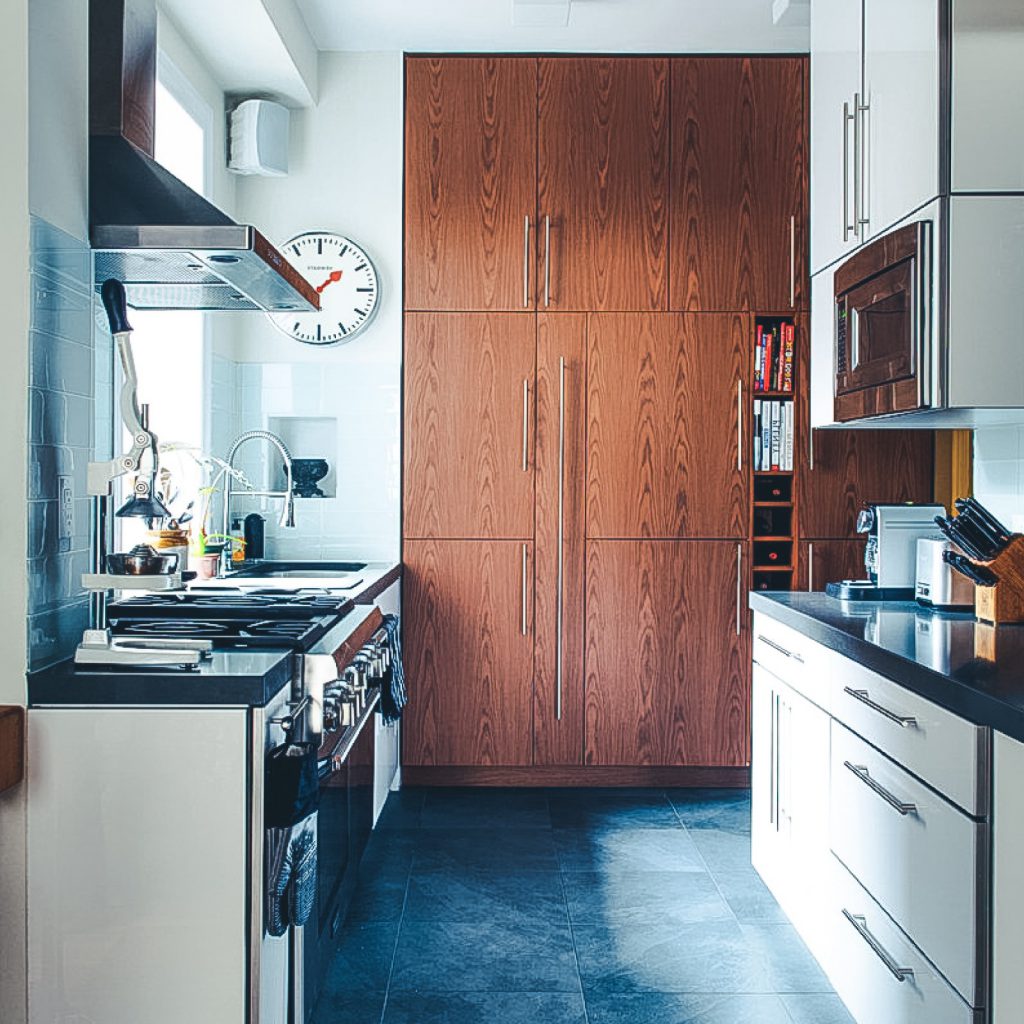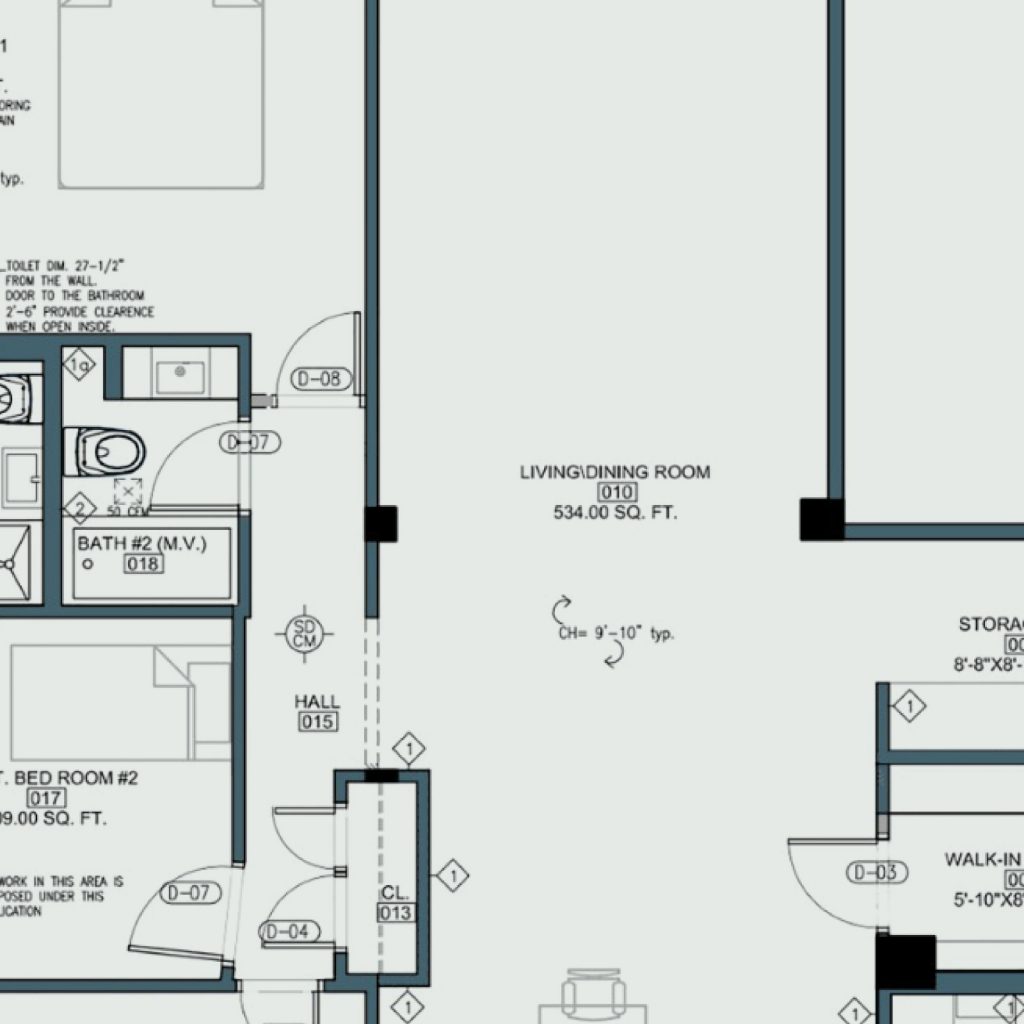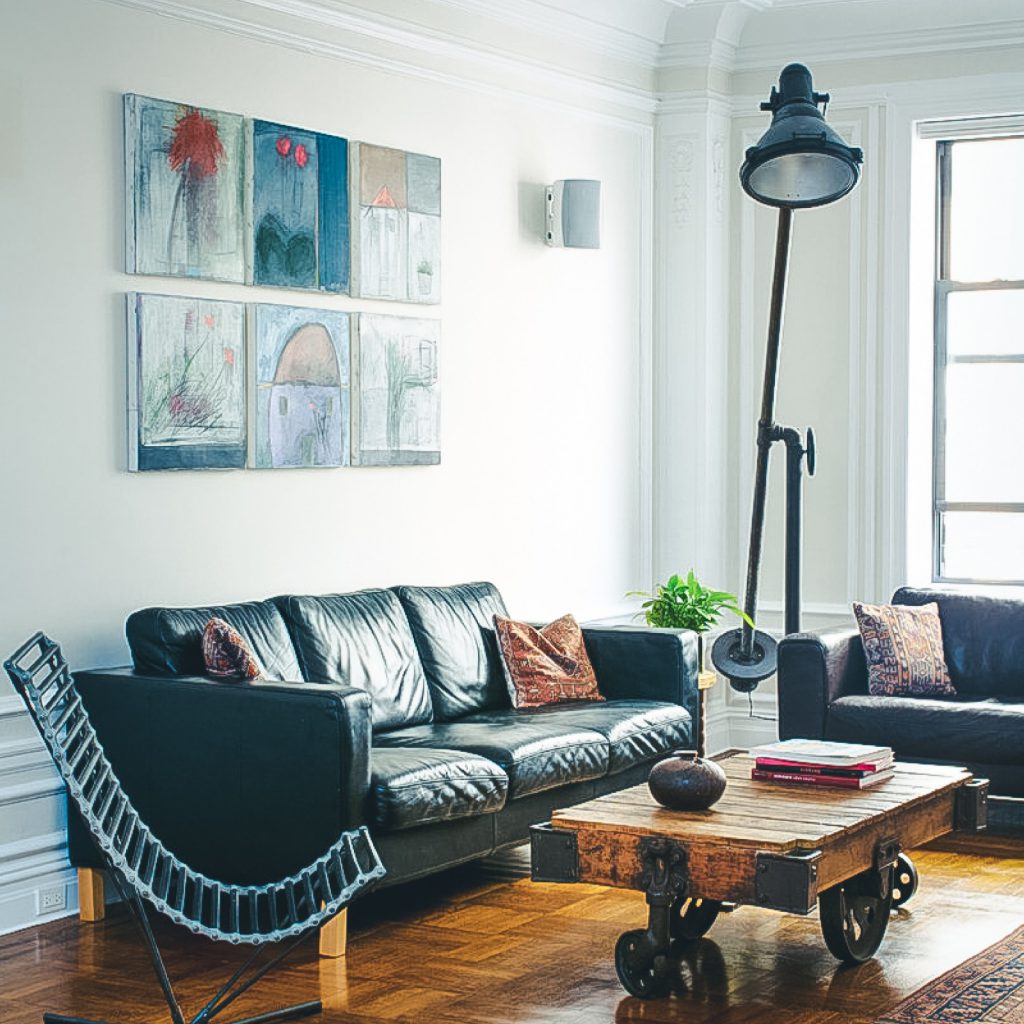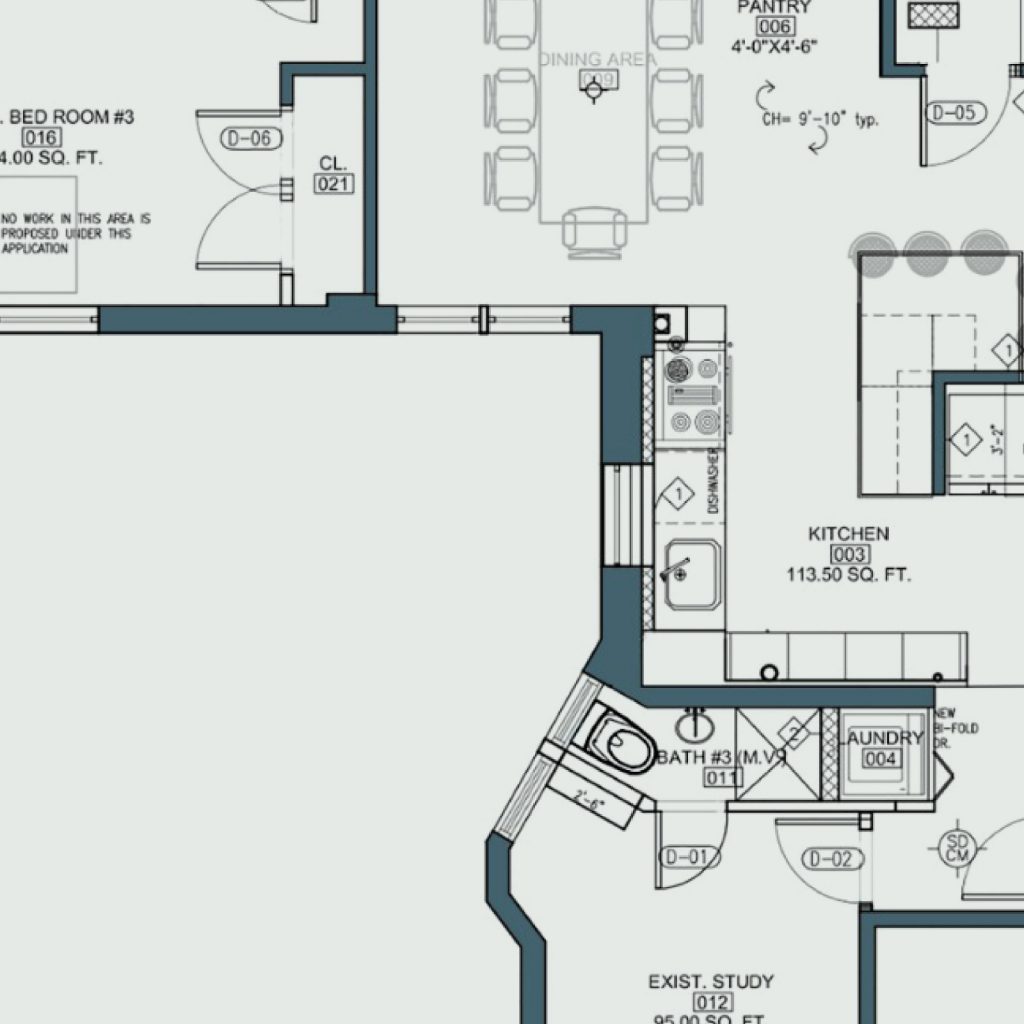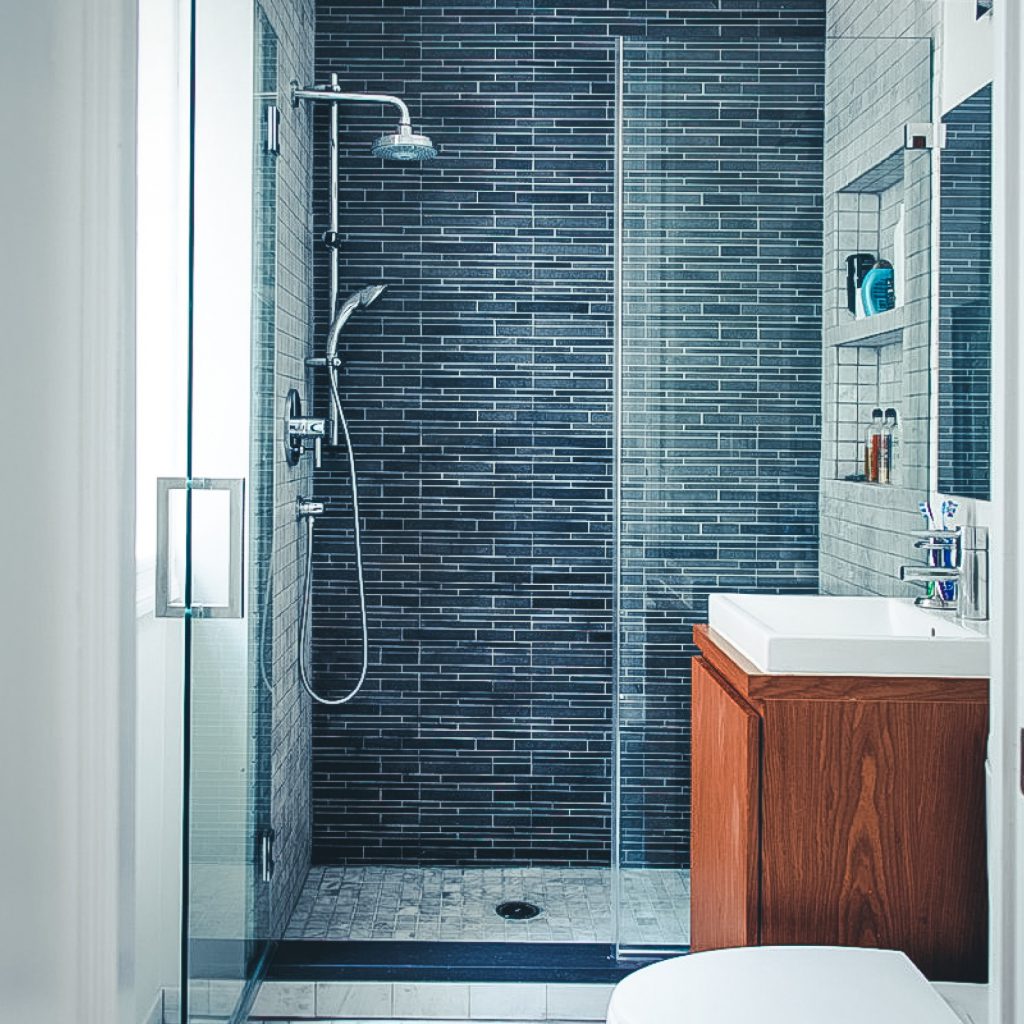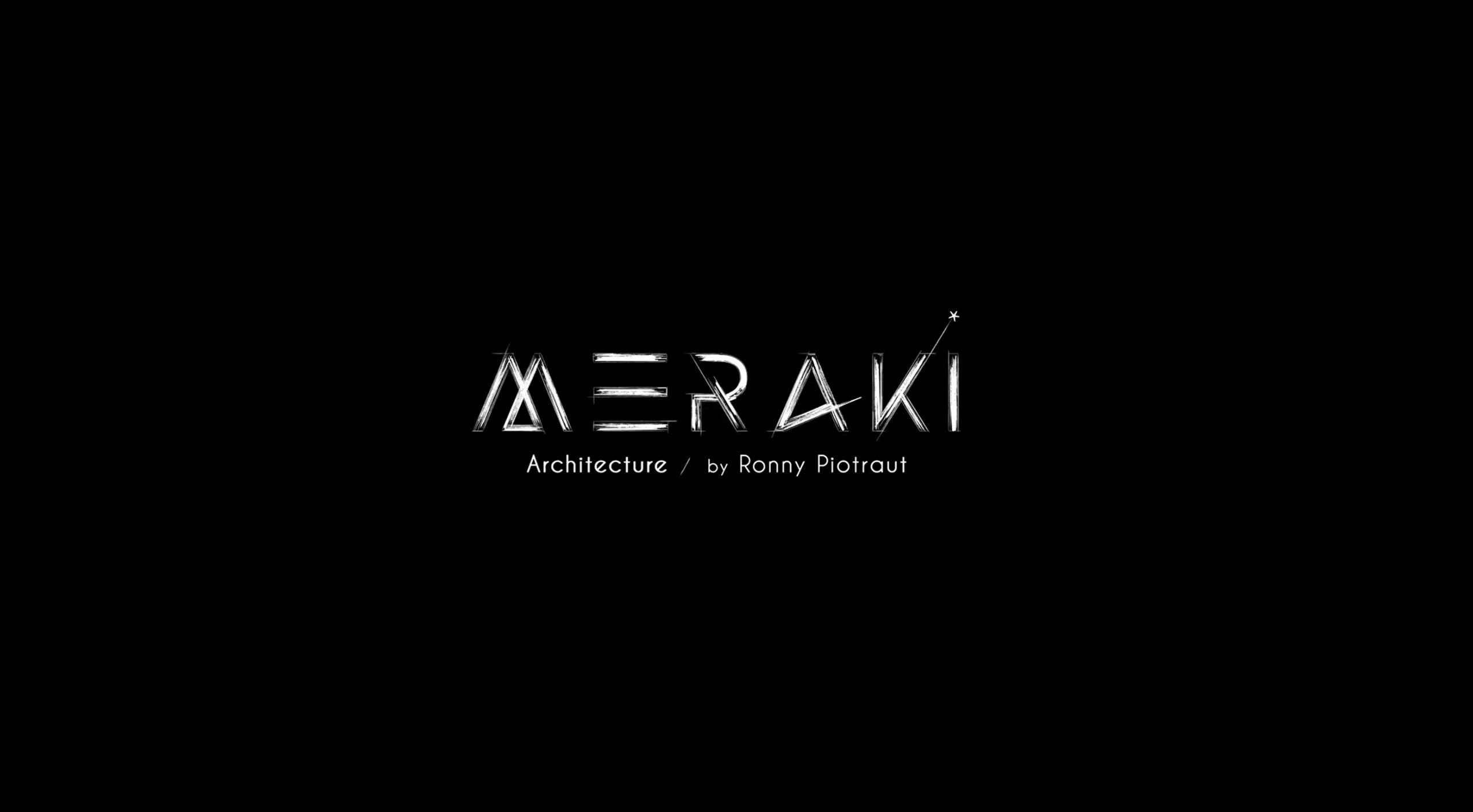
The Studio
Architecture based on values, meaning and essence.
Planning with the belief that every project is a journey into various worlds of content,
Creativity accompanied by in-depth research based on values,
A Perception that every space is a framed experience
And a belief that architecture is a complex of worlds that live peacefully with one another

The Studio
Architecture based on values, meaning and essence.
Planning with the belief that every project is a journey into various worlds of content,
Creativity accompanied by in-depth research based on values,
A Perception that every space is a framed experience
And a belief that architecture is a complex of worlds that live peacefully with one another
Projects
Loft Building, New York
View Project >>Montessori School – Israel
View Project >>A private home in New Jersey
View Project >>Residential tower, Manhattan
View Project >>An apartment in New York
View Project >>Testimonials



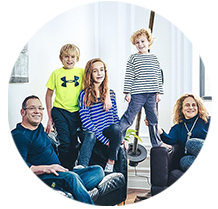

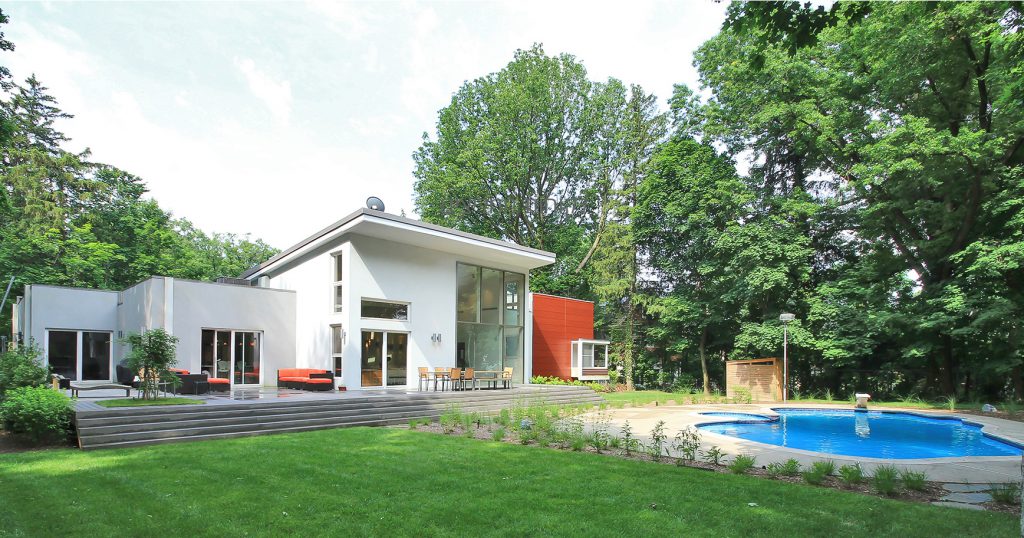




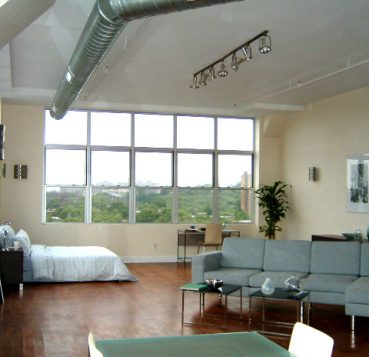
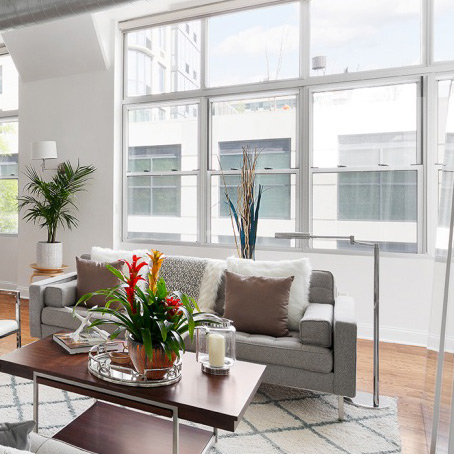
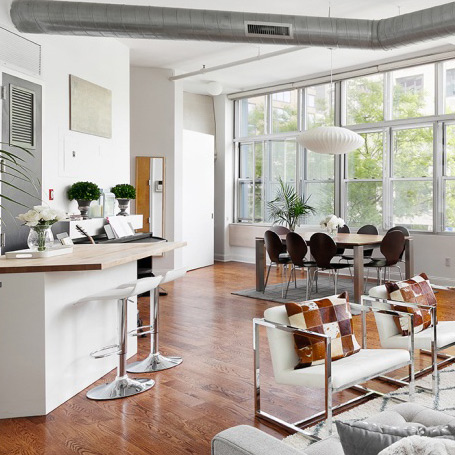
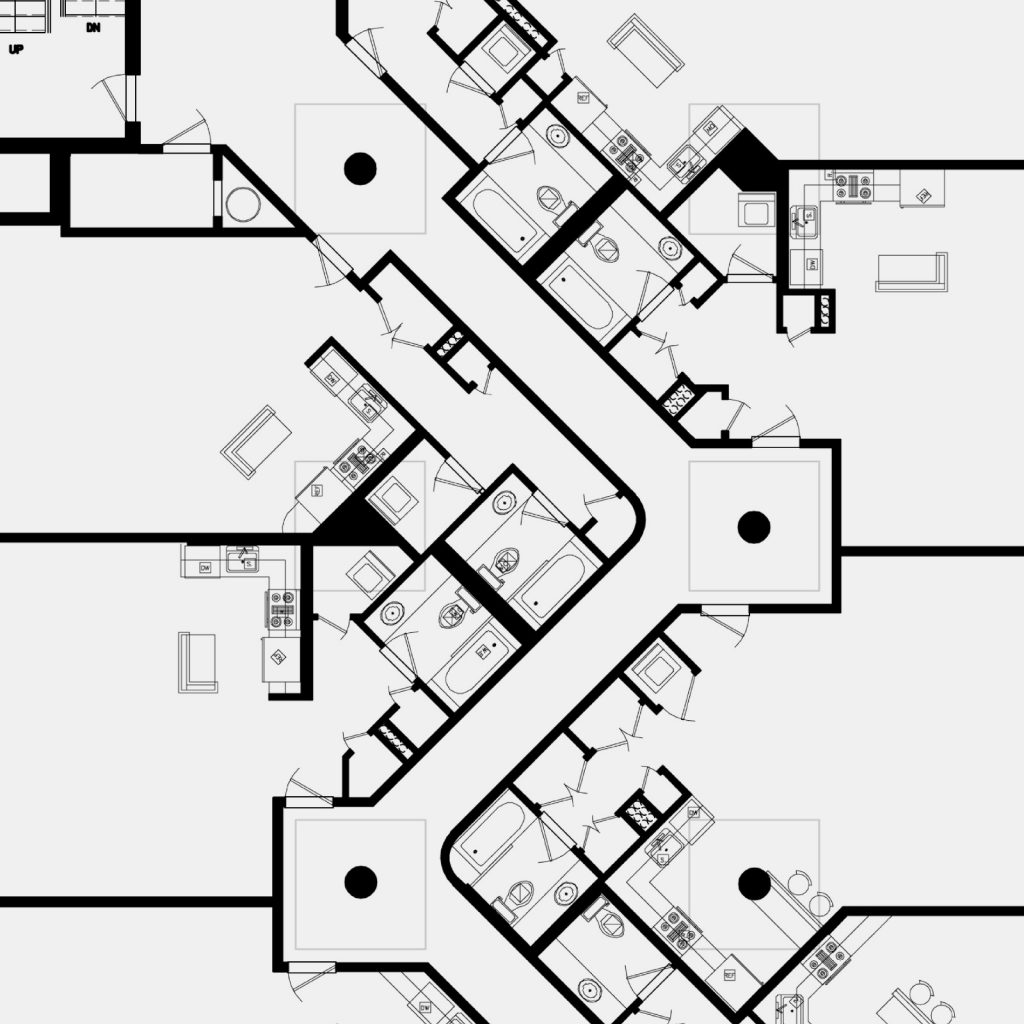
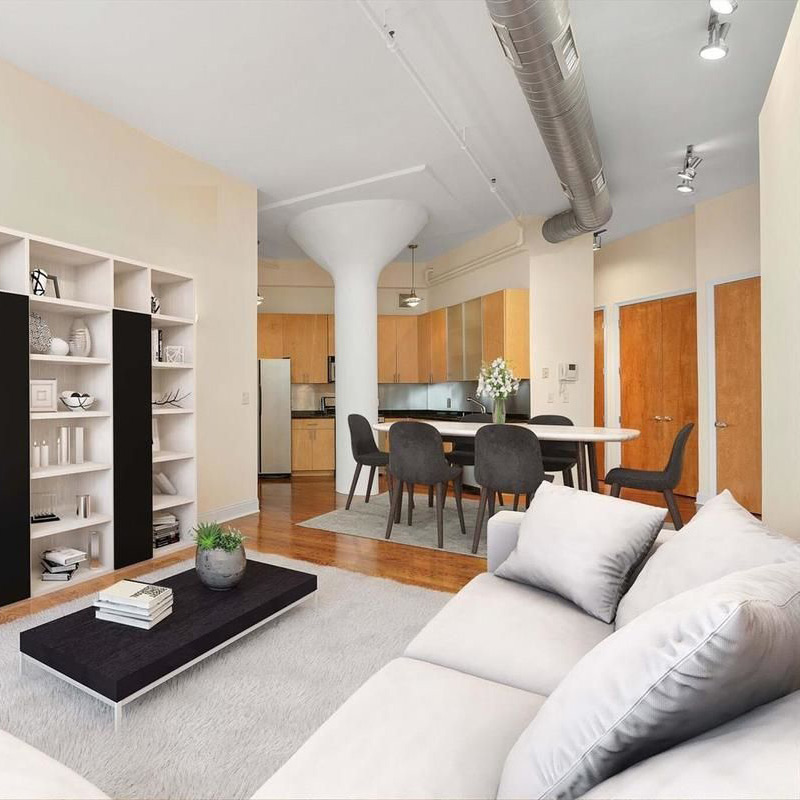
The Toy Factory Lofts
Condominium Downtown
176 Johanson street
Brooklyn NY
A toy factory built-in 1920 changed its designation to a residential building with open lofts, functional, innovative, and unconventional design that creates a dramatic, exciting and surprising experience.
The biggest challenge in designing the 56 loft units in the building was the 8 mushroom-like construction columns on each floor, and 2 escape stairs in the two corners of the building, diagonally opposing each other.
Through my belief that restrictions encourage creativity, I’ve decided to combine the existing old features with the new concept, and to use the constraints as leverage to rebuild the space, both at the decorative and the practical level.
Although the required solution was to connect the two staircases diagonally, it was decided to build between them, on each floor, a zig-zag corridor that would pass through 4 of the 8 columns.
The unique corridor structure created 90-degree free space within each apartment, which was used to store all the plumbing, electric and A/C systems, as part of a side service area that also included the kitchen and bathroom, leaving the central space open, bright and airy. The pillars themselves were highlighted with special lighting, and were incorporated, some as design elements, and some as dividing elements that constitute a foyer to the apartments. Also, the air conditioning ducts were left exposed, to give the lofts an industrial feel, preserving the connection to the original purpose of the building.
The project the SARA- Social American Registered Architects Brooklyn NY on June 21st, 2004

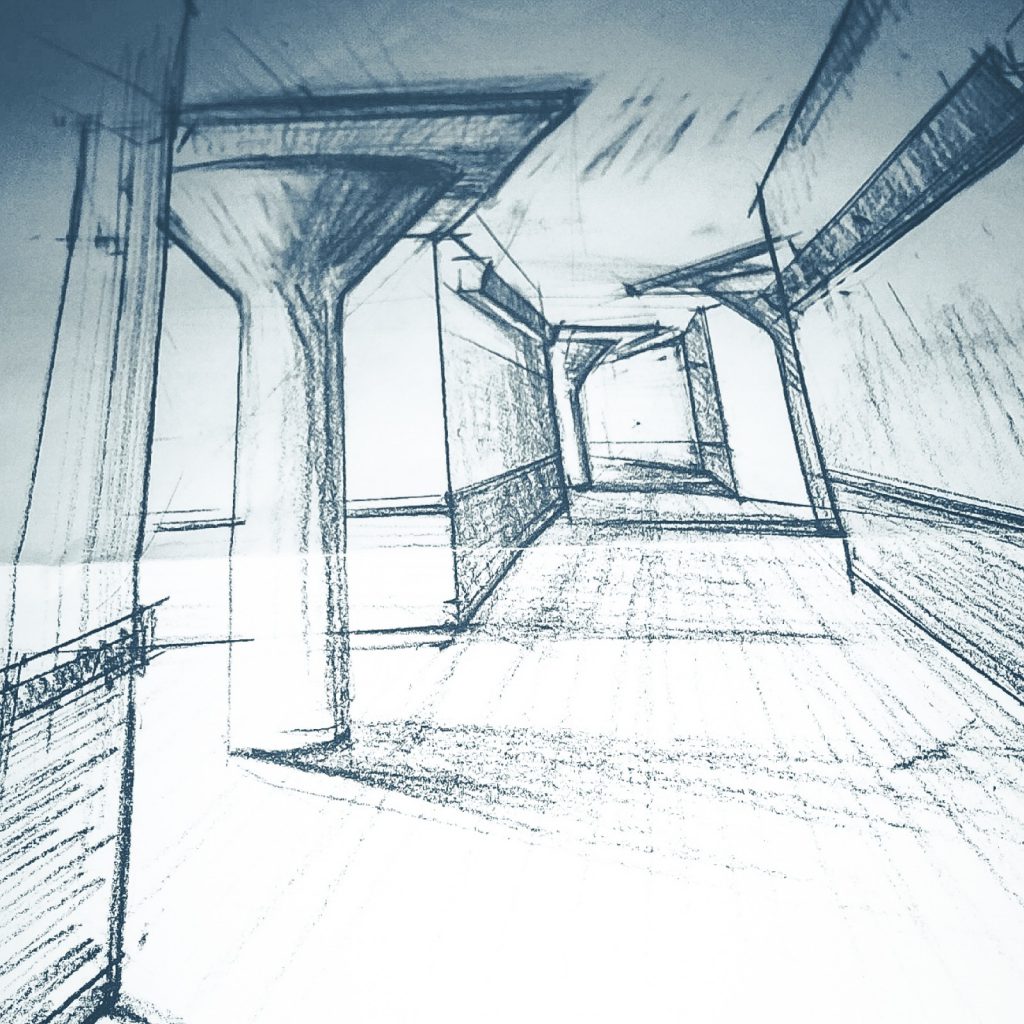
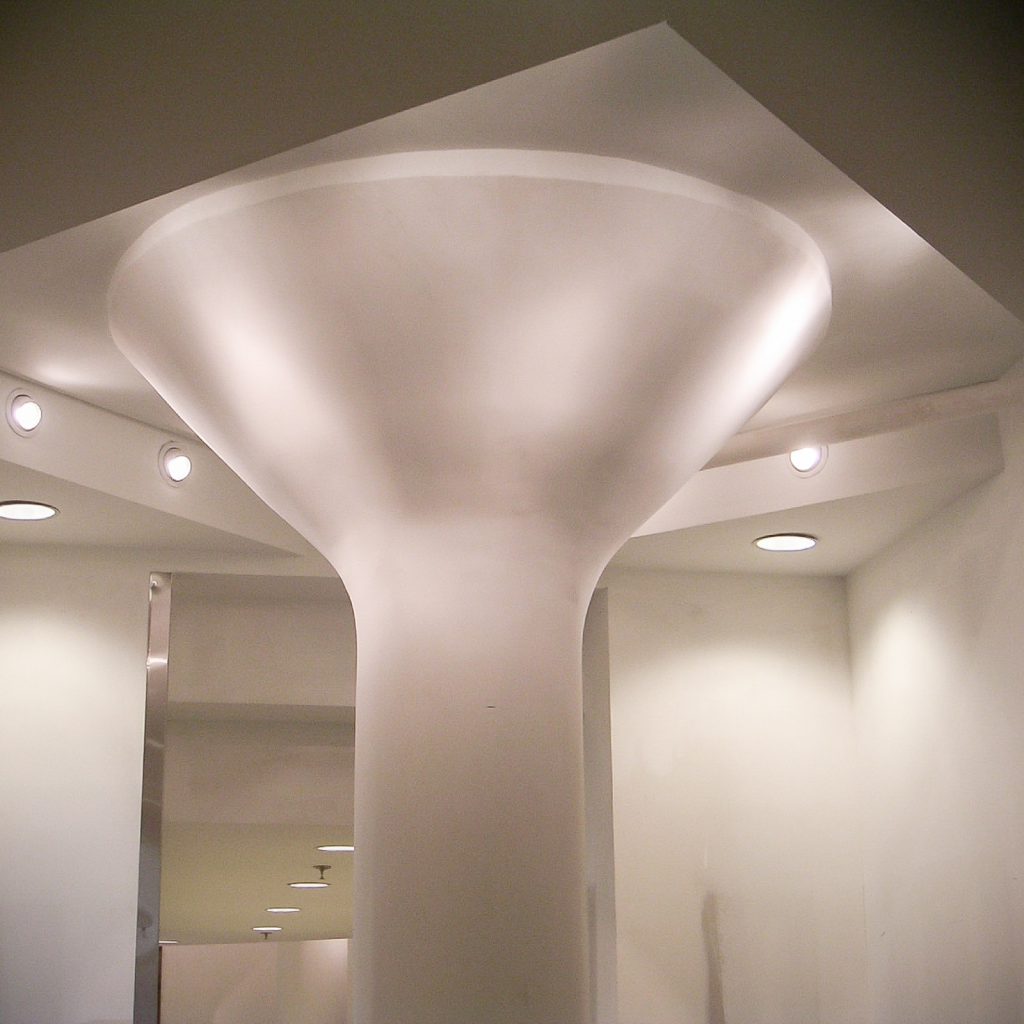
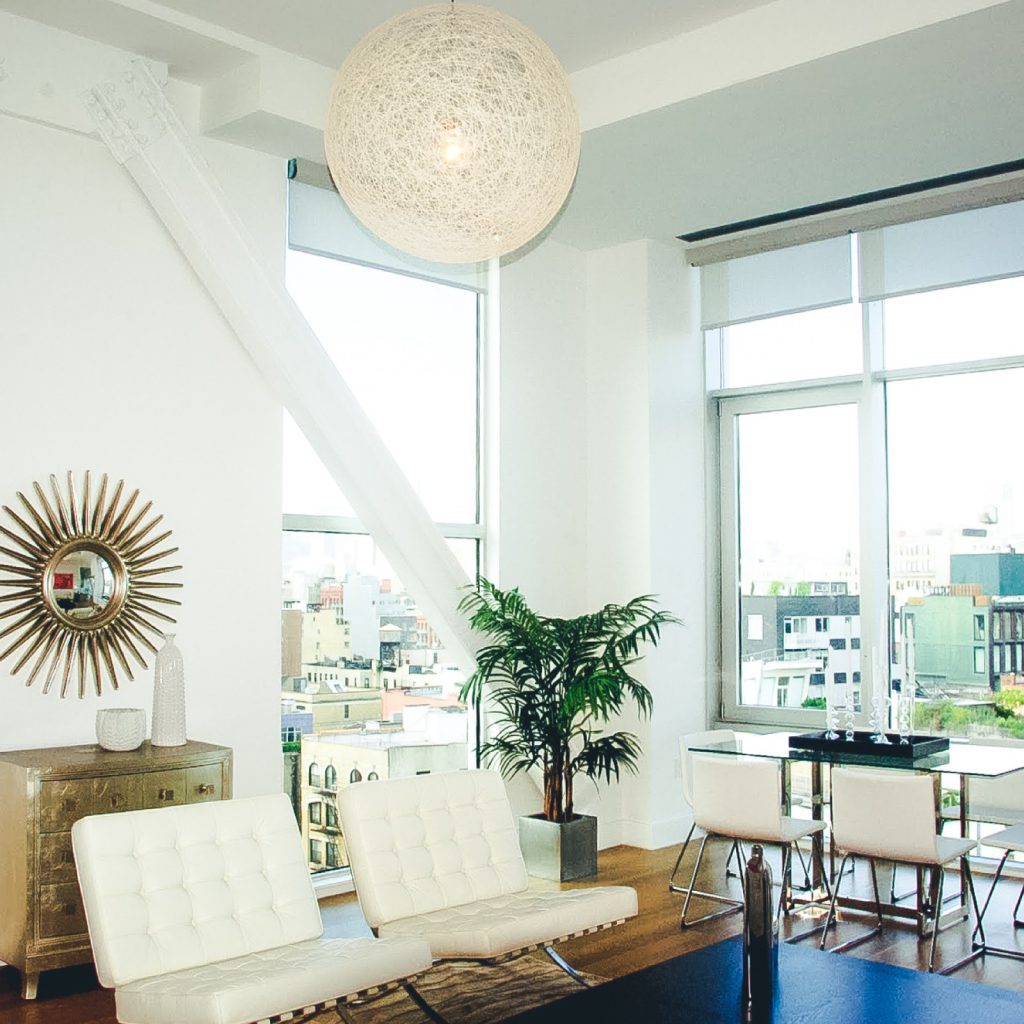
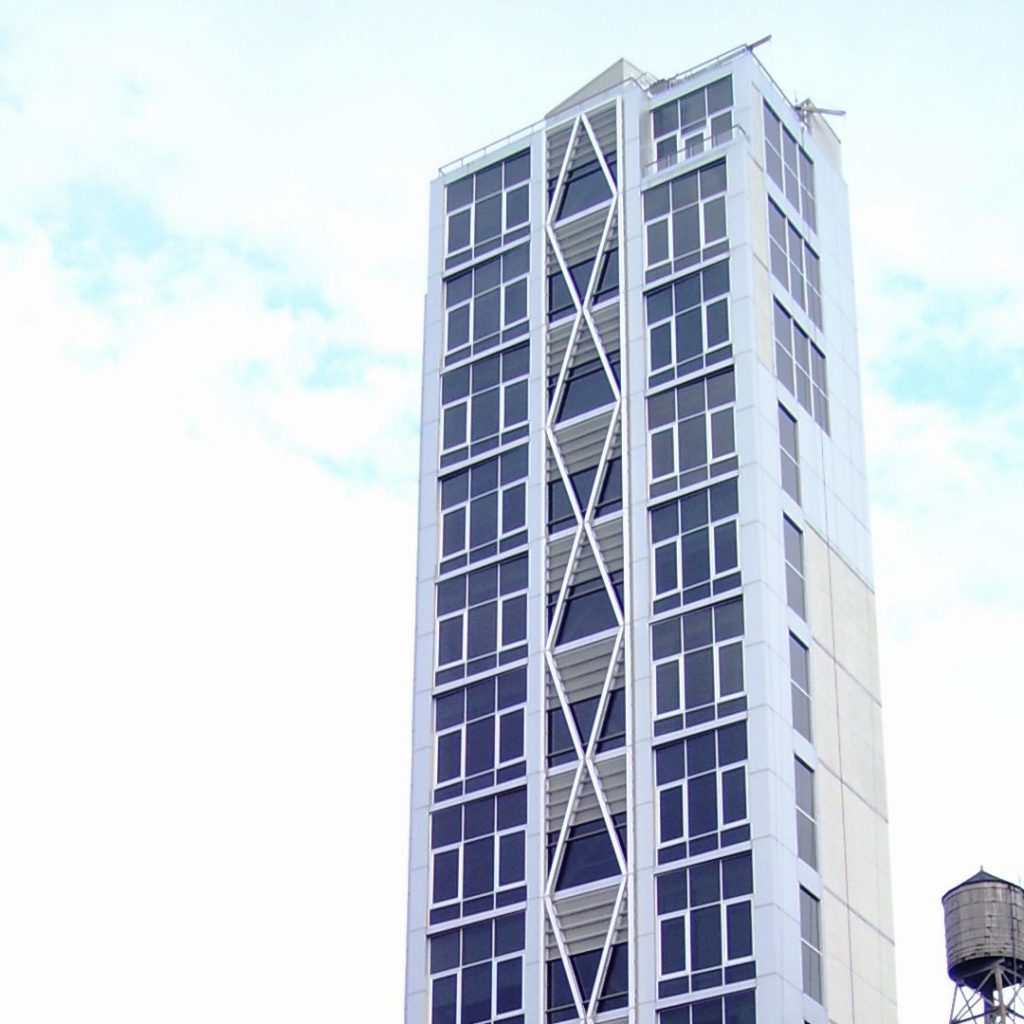

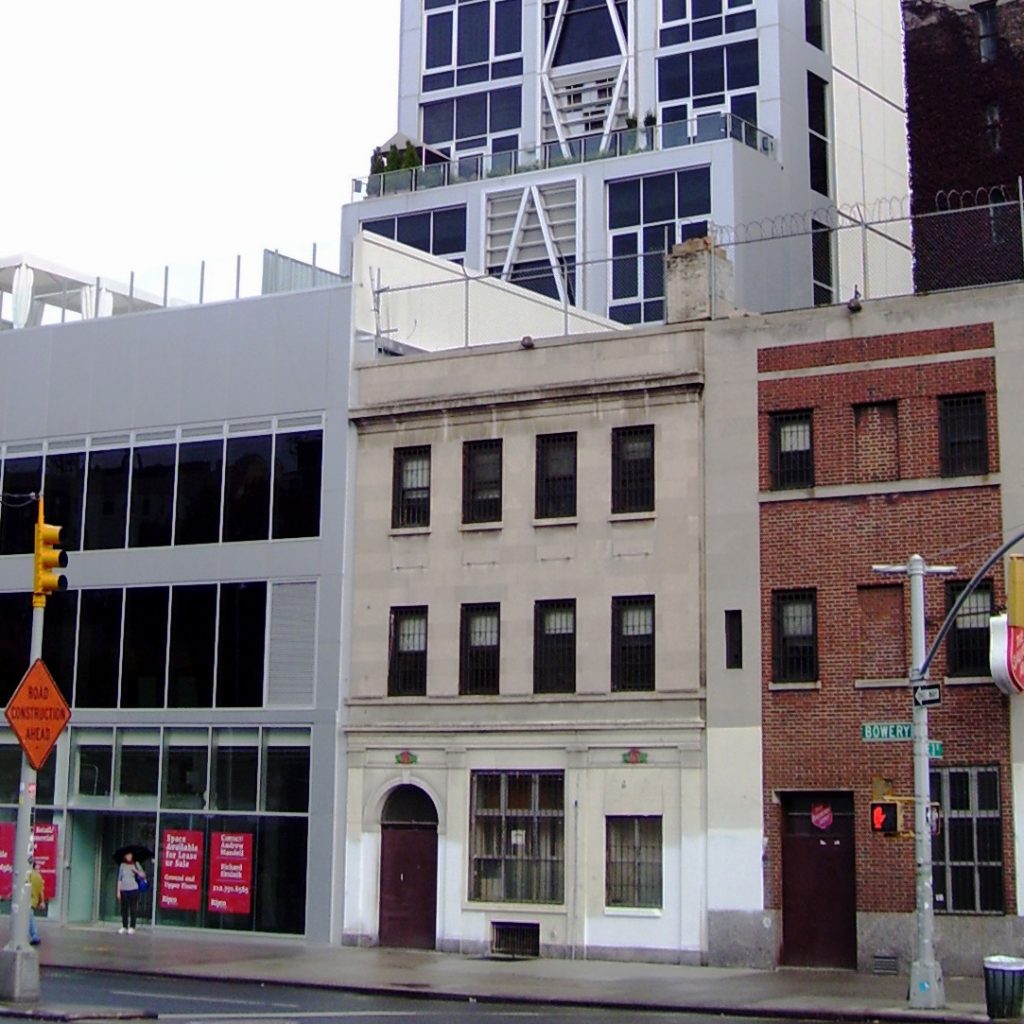
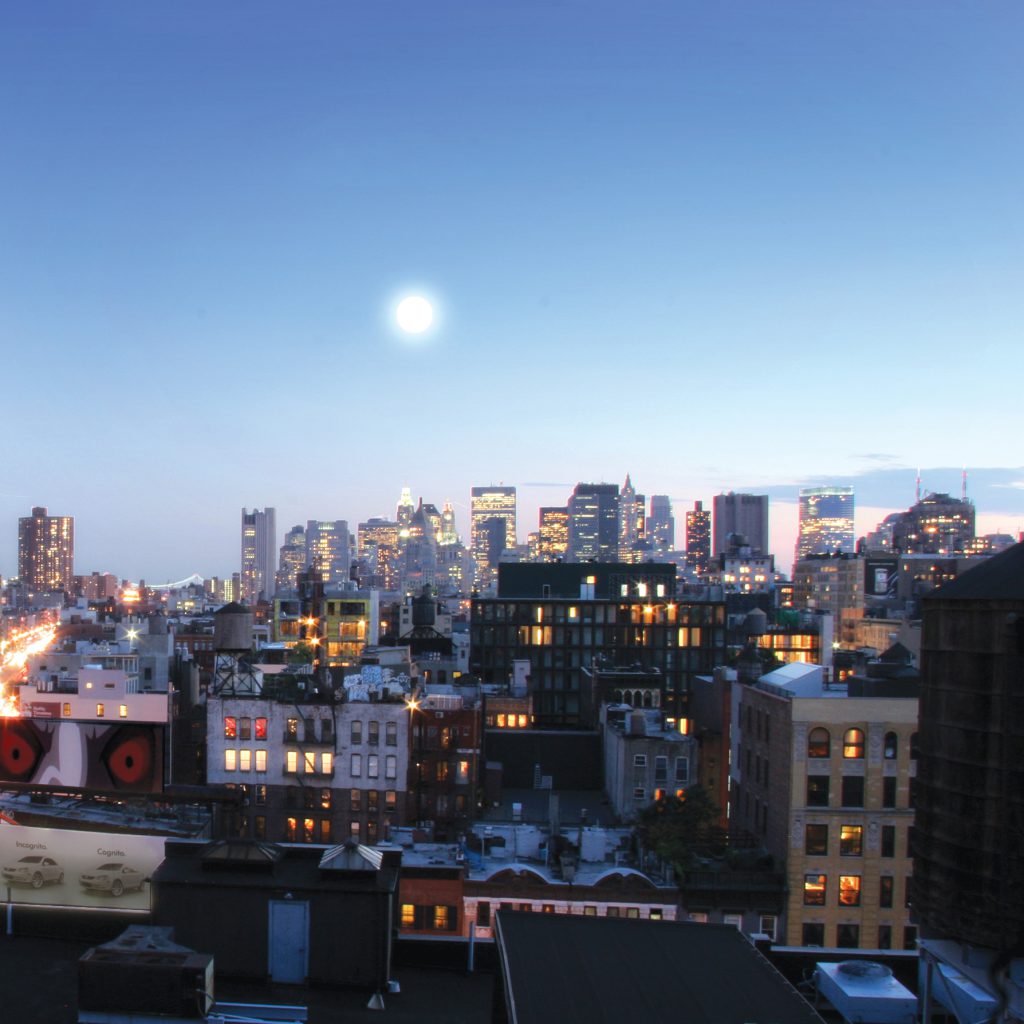
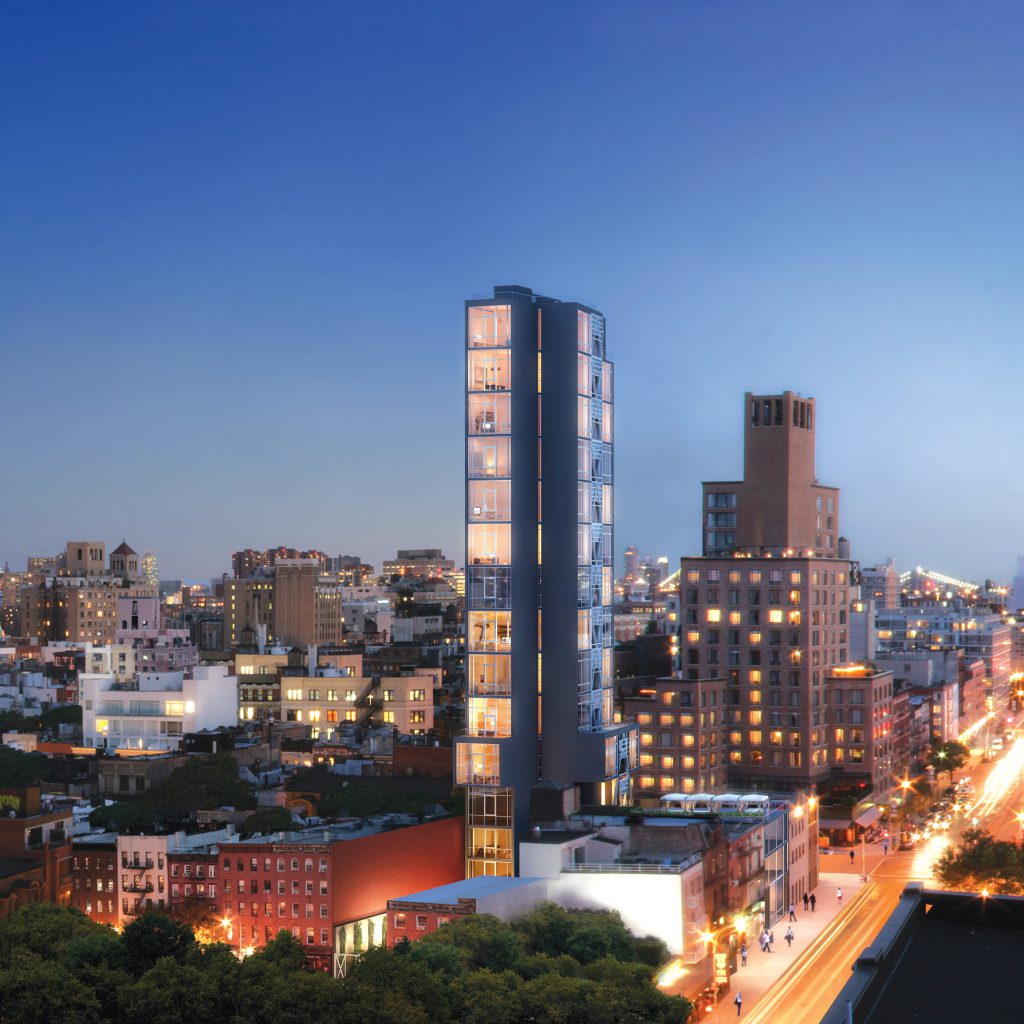
52 East 4th street 353 Bowery Manhattan NY
A unique residential tower, made of steel and glass and featuring 14 luxury apartments, and has become a symbol of the fashionable NoHo area of Manhattan, due to its slim and tall appearance and the prominent X element in its front.
The building was designed on an L-shaped lot with two entrances from two different streets, while instead of building two separate 5-story buildings, the developer was advised to build 1 high-rise tower that is equivalent to 25 floors with a small floor area of 1200 square feet per floor. The concept of the tower is the connection between outdoor and indoors, which is an analogy of the body-mind connection and the structure is designed in a modern-industrial vibe, made out of a skeleton of steel constructions and glass windows. The retreated location of the tower on the lot, creates a disconnect between the outside world and the private interior.
The tower has 14 loft apartments, with each apartment spreading over the entire floor and rising to a non-standard height of 14’-6” feet. The apartments’ windows extend from floor to ceiling and maximize the entry of natural light into the living space and allow in the breathtaking view of New York City.
The tower also has a shared roof terrace floor with private “cabanas” and a pool overlooking the urban landscape of Manhattan.
The project is the winner of the SARA Design Award of honor in June 24th, 2008
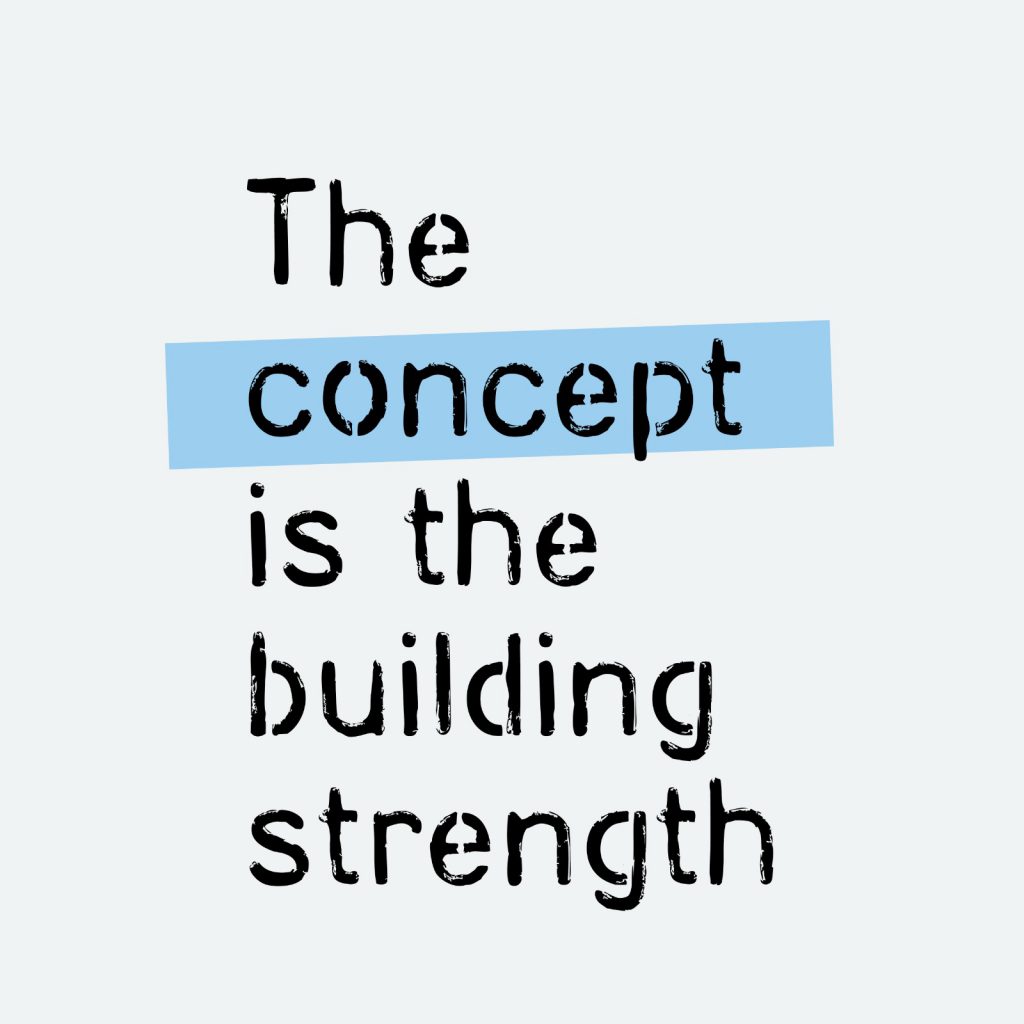
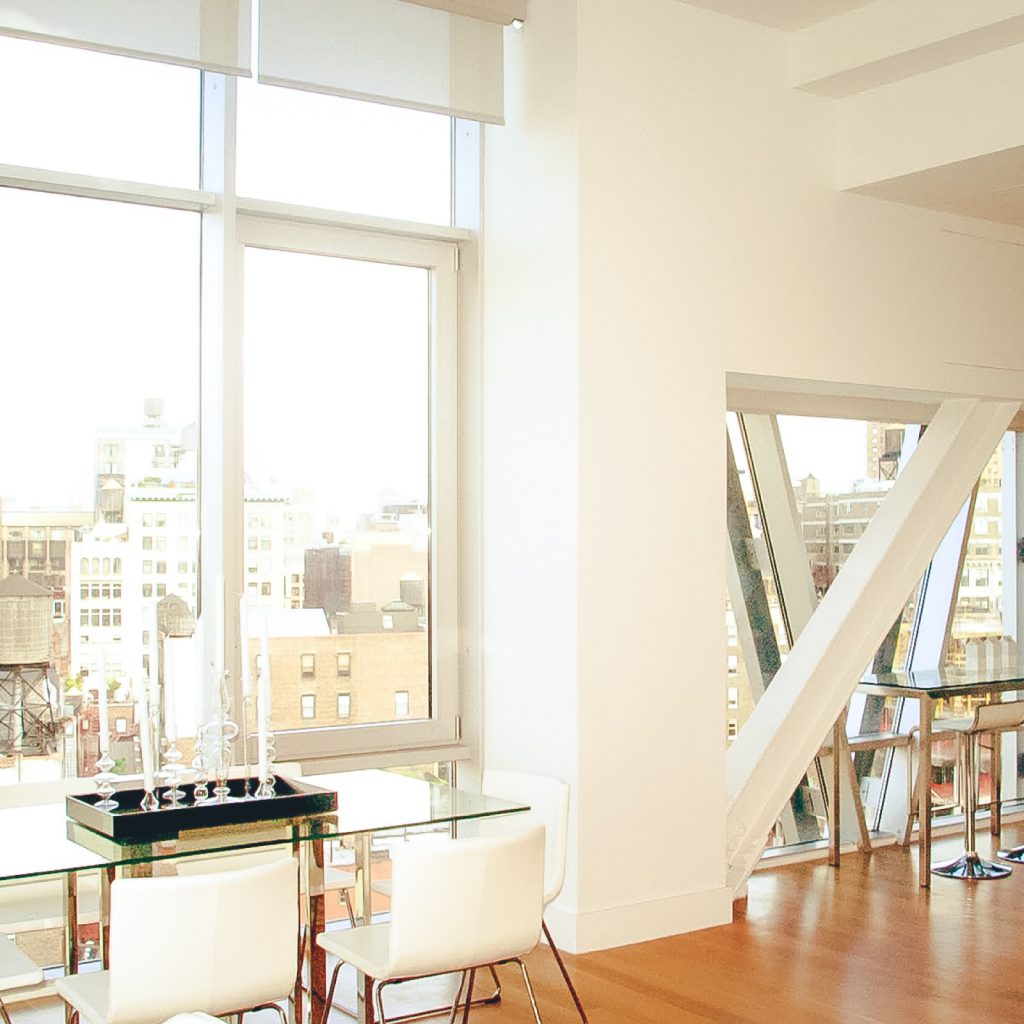
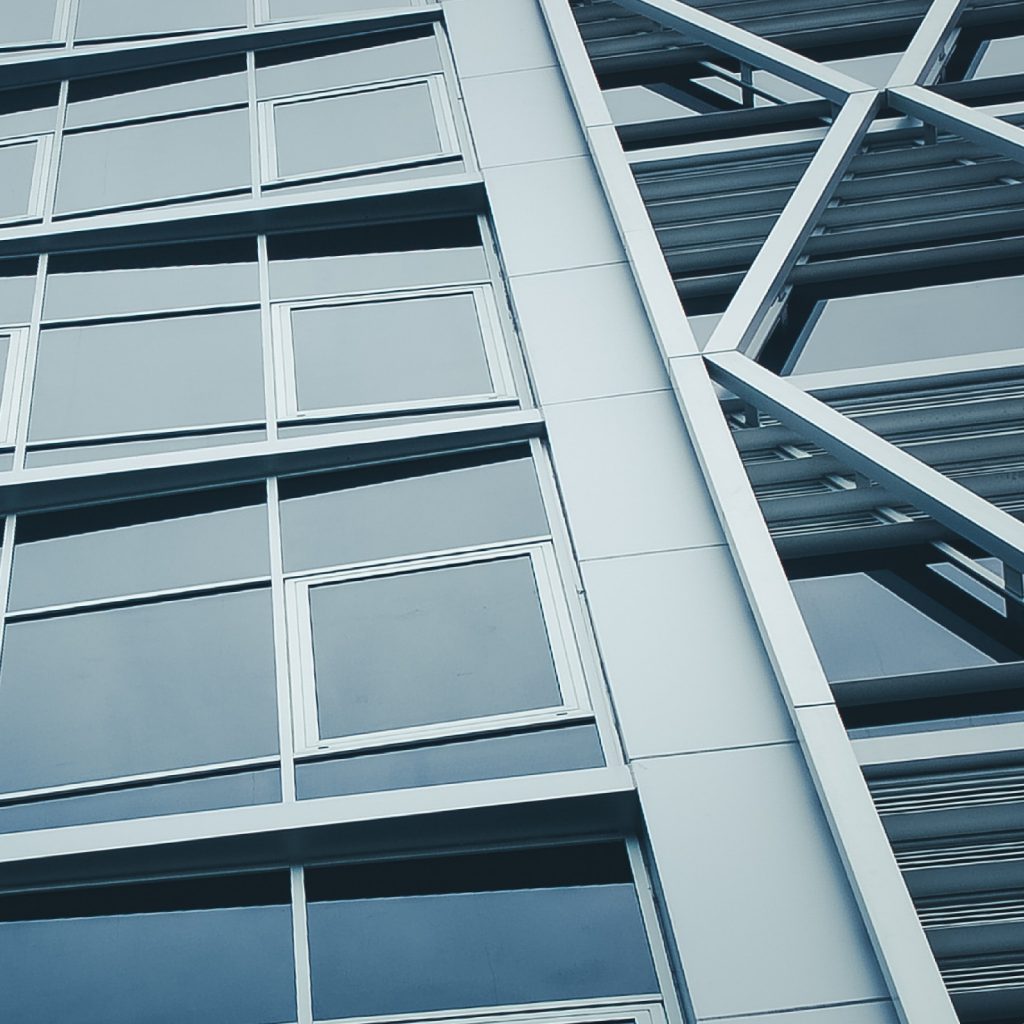
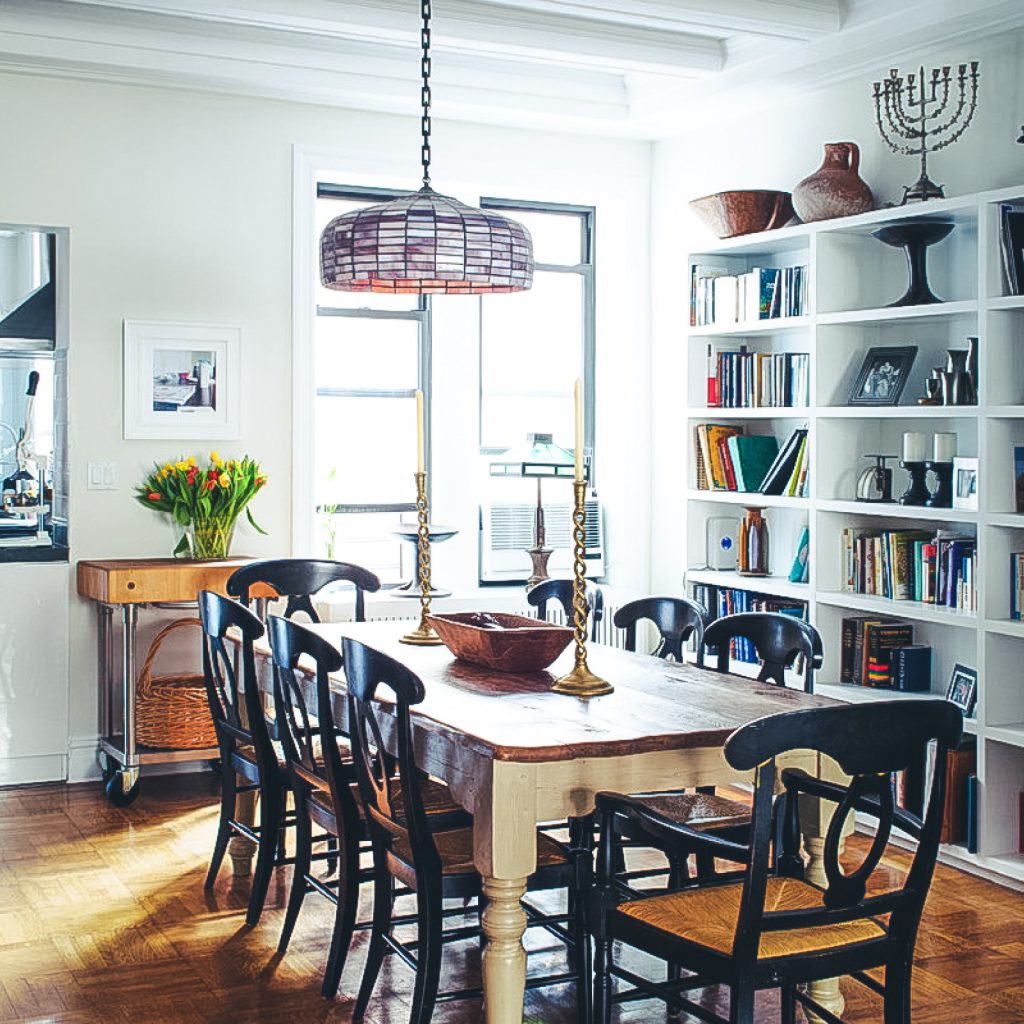

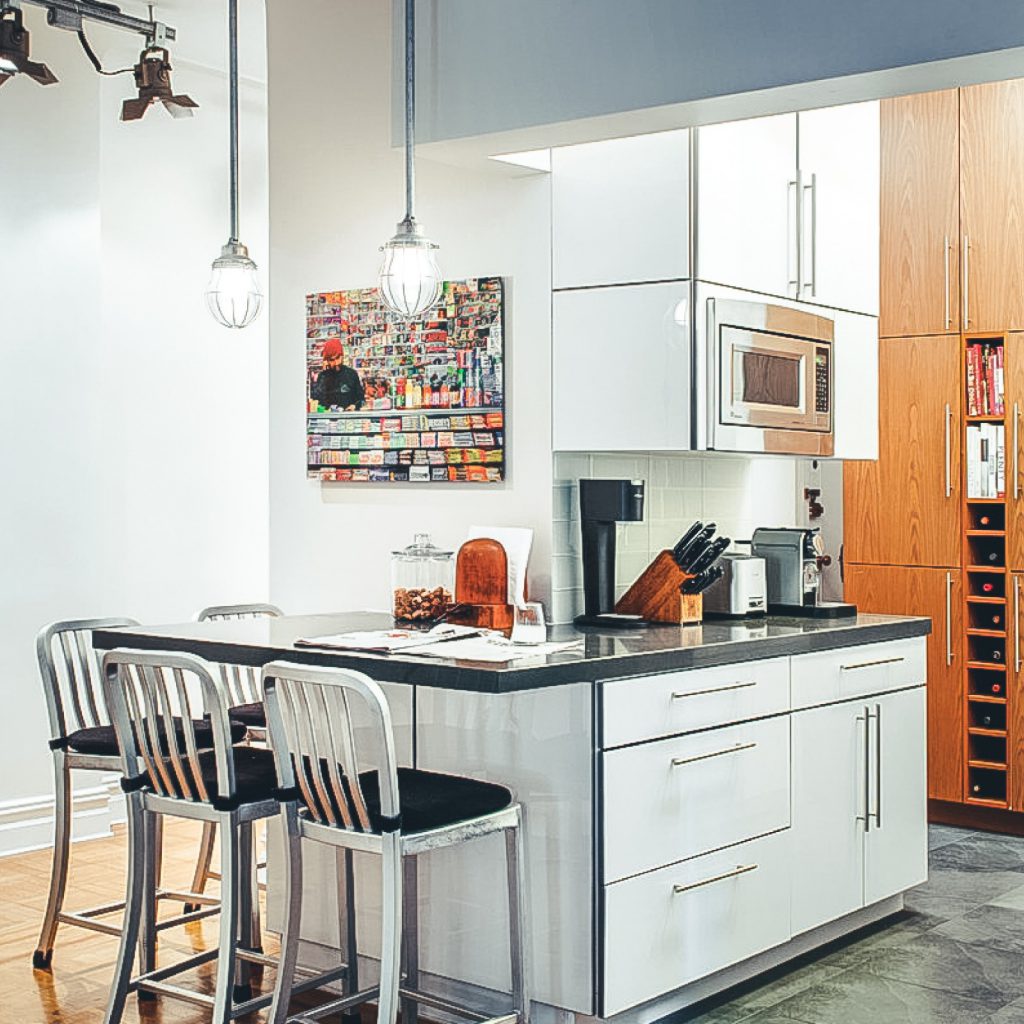
West End Ave 817
Manhattan New York
Re-designed apartment at 817 West End Ave Manhattan NY.
Re-design of an old-charm 2000 square foot apartment in Manhattan, and adapting it to the lifestyle of a modern family.
Originally, the apartment was dark and unventilated, the spaces were detached from one another, and there were some 750 square foot of unused hallways and entrances. The challenge was to find the thin thread that’s between connection and separation to create harmony, flow, preservation and renewal.
The new design included the elimination of hallways, breaking down some walls and dismantling partitions that allowed for a natural flow of light and air, a proper balance between the need for privacy and the need for connection, and a combination of preserving the beauty of “old charm” and a fresh and up-to-date design.
The thinking and design solution of the apartment were accompanied by the concept of connections – in the belief that where there is separation there is room for connection.
It was a connection between the old (a 1920 building) and contemporary, weaving a connection between the design of an apartment that was originally built with its spaces separated, and the needs of a cohesive family of our time.
The Peres family’s apartment project was published in the New York Times on December 12, 2012
